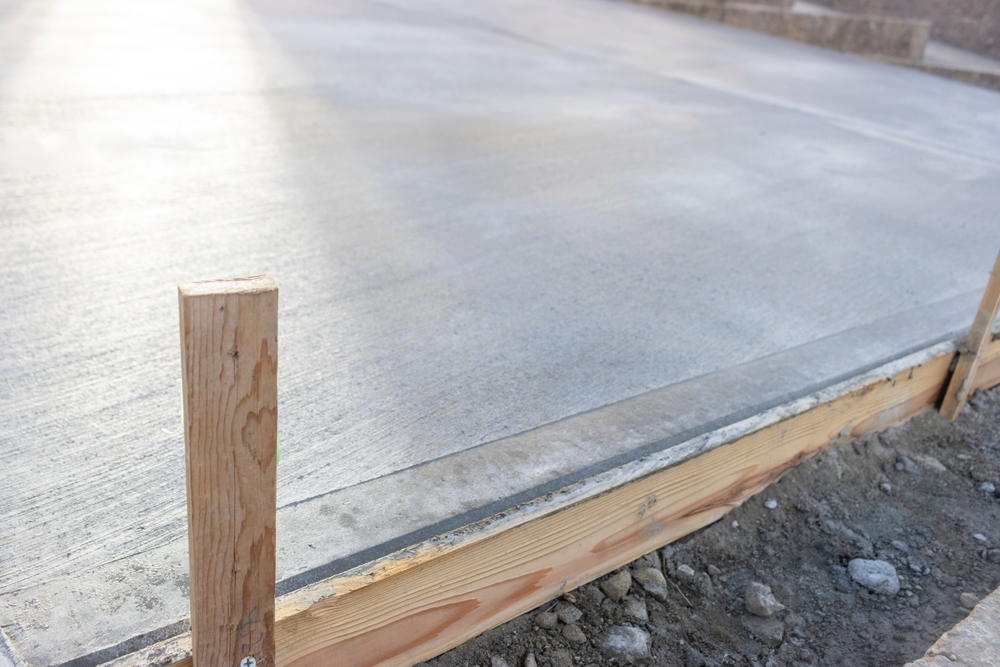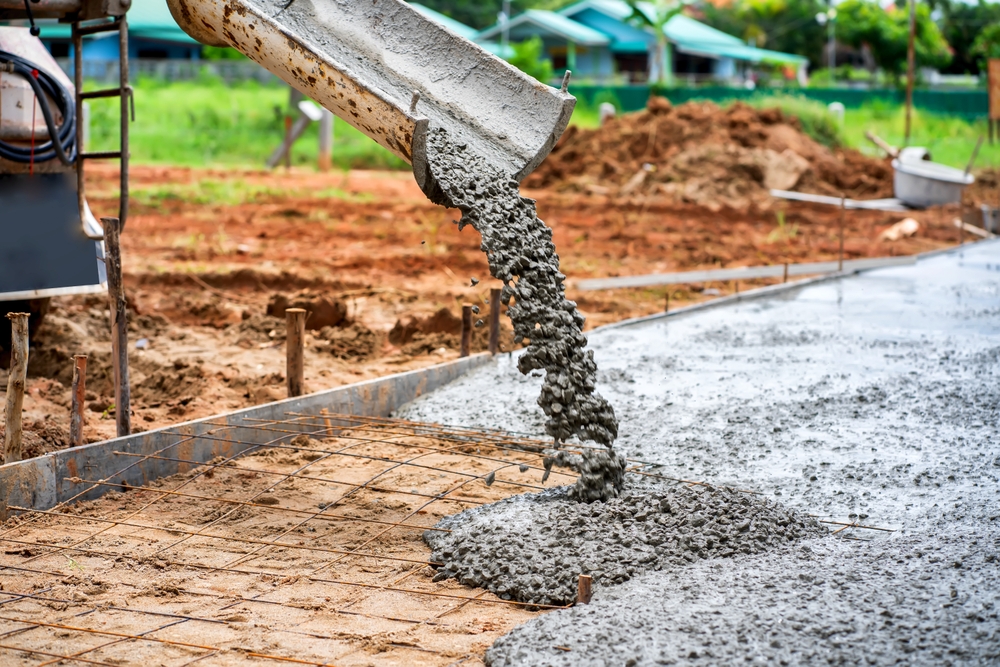Winter can be an unexpectedly suitable season for laying down strong concrete foundations when the right preparations are in place, and understanding the interplay of temperature, moisture, and timing is crucial for success. Lower ambient temperatures slow chemical reactions, making the curing process take longer and leaving fresh slabs vulnerable without proper protection and planning. Despite these challenges, a well-coordinated pour in the cooler months can yield a more even finish, reduced cracking from rapid moisture loss, and improved long-term durability when managed effectively.
For builders and homeowners planning concrete slabs in Hunter Valley, winter presents a valuable opportunity—if approached correctly. The region’s cooler climate demands careful timing and added precautions, but with the right planning, it’s possible to achieve strong, durable results even in the coldest months. With expert input and weather-aware scheduling, projects from house footings to garden patios can move forward smoothly in winter, delivering high-quality results that stand the test of time.

Winter conditions introduce a range of factors that interfere with the complex chemistry of cement hydration and the mechanical strength gain of fresh concrete. Cold air can delay the development of internal strength, leaving the slab vulnerable to surface flaws and cracking unless temperature control is prioritised from the moment of mixing through to final curing. Add to this the higher likelihood of rain, damp ground, and unpredictable frost events in inland or elevated zones, and it becomes clear why meticulous planning and protective measures are non-negotiable for a successful pour.
Lower ambient temperatures significantly reduce the rate at which cement particles hydrate, extending the period before concrete develops enough rigidity to bear weight safely. This effect is especially pronounced during the first 24 to 48 hours, when early strength gain determines whether a slab will resist surface damage from thermal cycling or minor loads.
Moisture from rain, sleet, or ground dampness can upset the carefully balanced water-cement ratio, leading to weakened concrete that may suffer from surface crazing or lower structural capacity. Excess water dilutes the paste, reducing compressive strength and leaving visible imperfections like pockmarks or uneven texture once the slab dries out.
Sub-zero temperatures at night create a direct threat to fresh concrete by freezing the pore water inside the slab, which expands and fractures the cement matrix if it has not yet reached sufficient strength. Repeated freeze-thaw cycles can exacerbate this damage, leading to spalling, cracking, and reduced load-bearing capacity.
Shorter daylight hours and rapidly shifting weather forecasts in winter compress the workable window for pouring, meaning that concrete delivery, placement, and covering steps must be synchronised precisely. Delays of even a few hours can coincide with falling temperatures or sudden showers, derailing the cure and risking quality.

Achieving a strong, durable winter pour involves proactive measures that counteract the specific risks of cold weather, moisture, and frost. By selecting suitable admixtures, aligning the pour schedule with the warmest daylight hours, and incorporating physical protections such as insulating blankets, plastic sheeting, and windbreaks, builders can replicate the favourable conditions of spring or autumn even in mid-winter. Partnering with seasoned local concreters who understand regional climate patterns and ground conditions ensures that each step, from subgrade preparation through to final curing, is executed with precision and foresight.
Specialised admixtures accelerate the hydration reaction and raise the internal temperature of the mix, which helps the concrete reach its critical early strength before exposure to freezing conditions. These products can be liquefied accelerators, warm-mix solutions, or packaged blend mixes designed specifically for low-temperature applications.
Timing the pour around the daily peak temperature (typically between late morning and early afternoon) maximises natural warmth and sunlight exposure, helping the slab retain heat and cure more uniformly. By starting early enough to complete placement and initial finishing before the afternoon temperature drops, crews can take advantage of the gentlest conditions.
Immediate protection of the freshly placed concrete surface with plastic sheeting, insulated curing blankets, or temporary windbreaks prevents heat loss, moisture washout, and frost attack. The choice of covering depends on factors like local wind speeds, nighttime low temperatures, and expected precipitation.
Local professionals who regularly tackle winter pours bring invaluable insights into the nuances of ground conditions, reliable weather patterns, and proven methods for cold-weather concreting. Their expertise covers optimal mix designs, efficient logistics, and tailored on-site techniques that novice crews may overlook.
Effective cold-season concreting isn’t limited to house slabs; patios, garage bases, rural sheds, and retaining wall footings also stand to gain from the reduced thermal shock, lower evaporation rates, and smoother finishes that come with well-executed winter pours. By applying the same precautions and expert guidance, these auxiliary structures can often be completed with fewer disruptions than in peak summer, when extreme heat or sudden thunderstorms may interrupt work.
Overcoming the challenges of winter concreting requires a blend of precise timing, suitable materials, and protective measures that compensate for lower temperatures, rain, and frost. By integrating cold-weather admixtures, scheduling pours during the warmest daylight hours, and using coverings like plastic sheeting or insulated blankets, homeowners and builders can secure reliable early strength and surface quality comparable to warmer seasons. Partnering with seasoned local concreters ensures that each step (from mix selection through to final curing) is executed with an informed, site-specific approach.
When winter work is planned thoughtfully, foundational projects such as home slabs, garden patios, garage floors, and retaining structures can be completed on schedule with high-quality outcomes, avoiding the risks of cracking, scaling, or washout that often plague cold-season pours. With the right combination of preventive strategies and professional expertise, winter becomes a valuable window for concrete work that yields durable, long-lasting results.